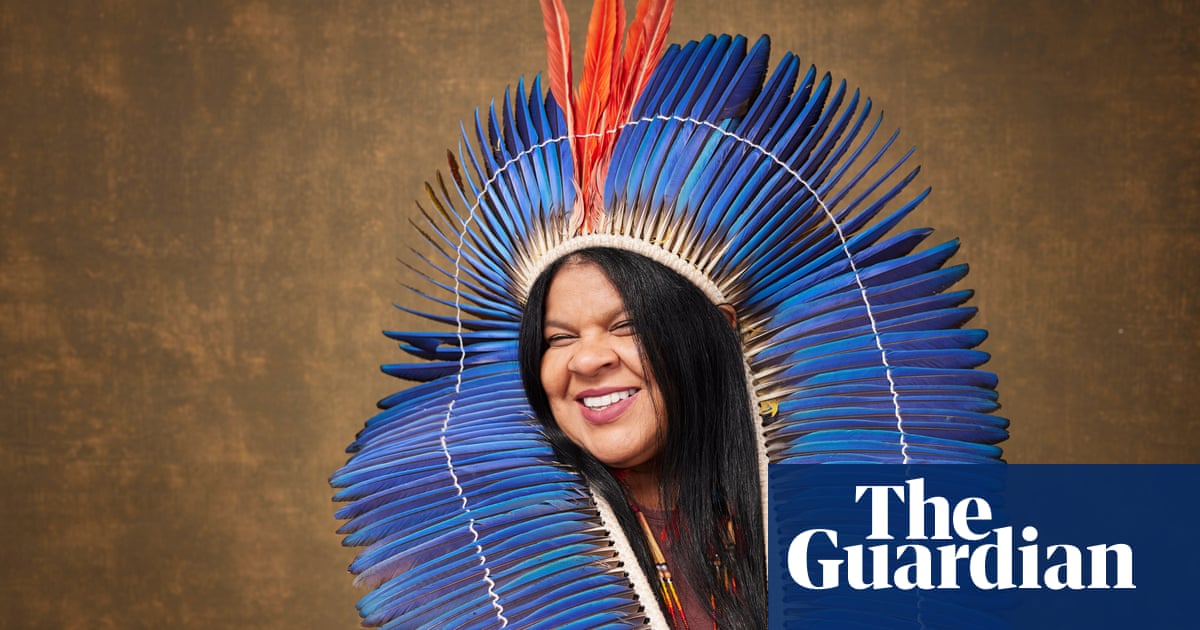
he thing that’s really hard for people to understand today,” says Joan E Biren, “is that in the 70s, it was impossible to find authentic and affirming images of lesbians. They didn’t exist.” Biren, or JEB as she is better known, is widely regarded as the first lesbian photographer to compile a book of photographs of lesbians for lesbians.
It was 1979 when Biren self-published her revolutionary Eye to Eye: Portraits of Lesbians, an extensive documentation of the realities of contemporary lesbian life across the US, the result of years of careful and close collaboration with her subjects, making pictures (she prefers this term) at their homes, at Womyn’s festivals, or after conferences, marches and events. The portraits show lesbians across America as they’d never been seen before: mostly, doing ordinary, everyday activities. Two mechanics fix up a car; a bare-chested builder saws wood; a mother leans in tenderly to kiss her daughter. Some of these women might have “passed” as heterosexual in their daily lives.
“I didn’t see it as art in any way,” says Biren of Eye to Eye. “It was entirely political. I originally thought of the pictures as propaganda. I wasn’t thinking about anything other than the movement. Material survival came second.” One of the first offers of money for an image came from a group who wanted to use it to promote an anti-homosexuality campaign. “At that point, I understood I couldn’t ever have an agent – and I’ve basically never made money out of a photograph. But it was very important to me to control who saw the pictures and where they were published.”
After publishing Eye to Eye, Biren began to tour the US with Dyke Show, a slideshow presentation of lesbian images in photography from 1850 to 1982. This evolved and expanded as she met more photographers. In the 1980s, Biren also participated in The Ovulars, photography workshops that took place in Womyn’s lands, as separatist lesbian communities were called.
Forty years on, Eye to Eye has been revived by Anthology Editions. Although it has fresh introductions by photographer Lola Flash and soccer star Lori Lindsey, the new edition is faithful to the 1979 original and features the same photograph on the cover: a portrait of a couple, Kady and Pagan, locked in an intense and affectionate gaze. Even today, it is rare to see women represented with facial hair, imperfections, and looking their age. But what chiefly emanates from the photograph is their ease – with one another, with themselves, and with the photographer.
Biren, now 76, photographed Kady and Pagan at their home in upstate New York. “When I arrived at their tiny cabin, they greeted me by saying, ‘What took you so long? We’ve been waiting for someone to photograph us!’ They had this sense of themselves. They were worth being put into an image that would last.”
Speaking from Washington DC, the city she grew up in and a place that shaped her social conscience and inspired her political activism from an early age, Biren says of those days: “There was only the male gaze on lesbians who were young and slim, like David Hamilton’s photographs – or porn images. My work was to counter that, to show something we could see ourselves in, what our friends and lovers looked like to each other. Everyone hungers for that.”
The overwhelming feeling in the pictures – and in the accompanying accounts of some women who appear in them – is one of profound joy and quiet confidence. And this is no rose-tinted view: Biren doesn’t avoid women who struggle as a result of their sexuality or the body they inhabit. One woman is a recovering alcoholic, another writes of her battle with mental illness. “I did it consciously for others who were struggling to see themselves reflected anywhere.”
Biren’s inclusive approach was ahead of its time. Even by today’s standards, few photographers attempt to reflect so many lives and experiences. “It’s about being human,” she says, “and being human covers the whole spectrum of experiences. I wanted to show diversity in every way I could, with the limited resources I had.”
At the time the photographs in Eye to Eye were being made, the consequences of being out as a lesbian in the US were dire – and finding subjects wasn’t easy. “No one was willing to be photographed. They would run away from the camera, put bags over their heads. There was an enormous fear and it was justified because being identified as a lesbian meant you could be fired, you could lose custody of your child, be banished from your family, expelled from your place of worship, deported, thrown out of your rented apartment – and lots of other horrible things that were completely legal and quite common.”
Knowing how high the stakes were meant Biren had to work carefully. In Eye to Eye, all of the women are named, but some surnames are left out. “Not everyone could go that far. It was a big leap to have faces, names, places all together in a book. I wanted to make as much of a statement as possible about being out, but I had to protect them. Trust was the most important thing. It wasn’t my skill with the camera or anything else.”
Biren also had to think about how she used her camera, a machine that’s point-and-shoot action has associations with the phallus. She knew it was sometimes talked of as a weapon and did not want hers to be seen as a tool to dominate and oppress. “I would never say ‘take a picture’, ‘shoot the film’, or ‘capture an image’. All of those predatory, violent words were part of the vocabulary I wouldn’t use.
“I would always get together with my subjects first without the camera, and explain why I wanted to make the photograph, that it was for publication and that I wanted other people to know it was possible to be out, in spite of the discrimination and the oppression. I would tell them why I thought it was important lesbians saw each other, and then of course why they specifically were amazing. If they agreed, we would figure out a time and a place to photograph.”
Biren never directed her subjects, nor did she ask them to pose or stage an image. She simply spent time with them, until “they forgot the camera was there”. The first picture she ever made was a self-portrait with her lover at the time, Sharon Deevey. It shows the couple kissing and smiling. The only indication of its time is the bandana Biren wears. The camera is slightly raised and at arms length, much like a selfie today. It was a picture that Biren had hungered to make.
“It was absolutely not spontaneous!” she says. “It was something I felt very personally and strongly. I needed on a deep level to see a picture of two women kissing and I couldn’t find one. So I had to make it myself. At that point, I didn’t even own a camera, so I borrowed one and did it myself. That picture means so much to me.”












